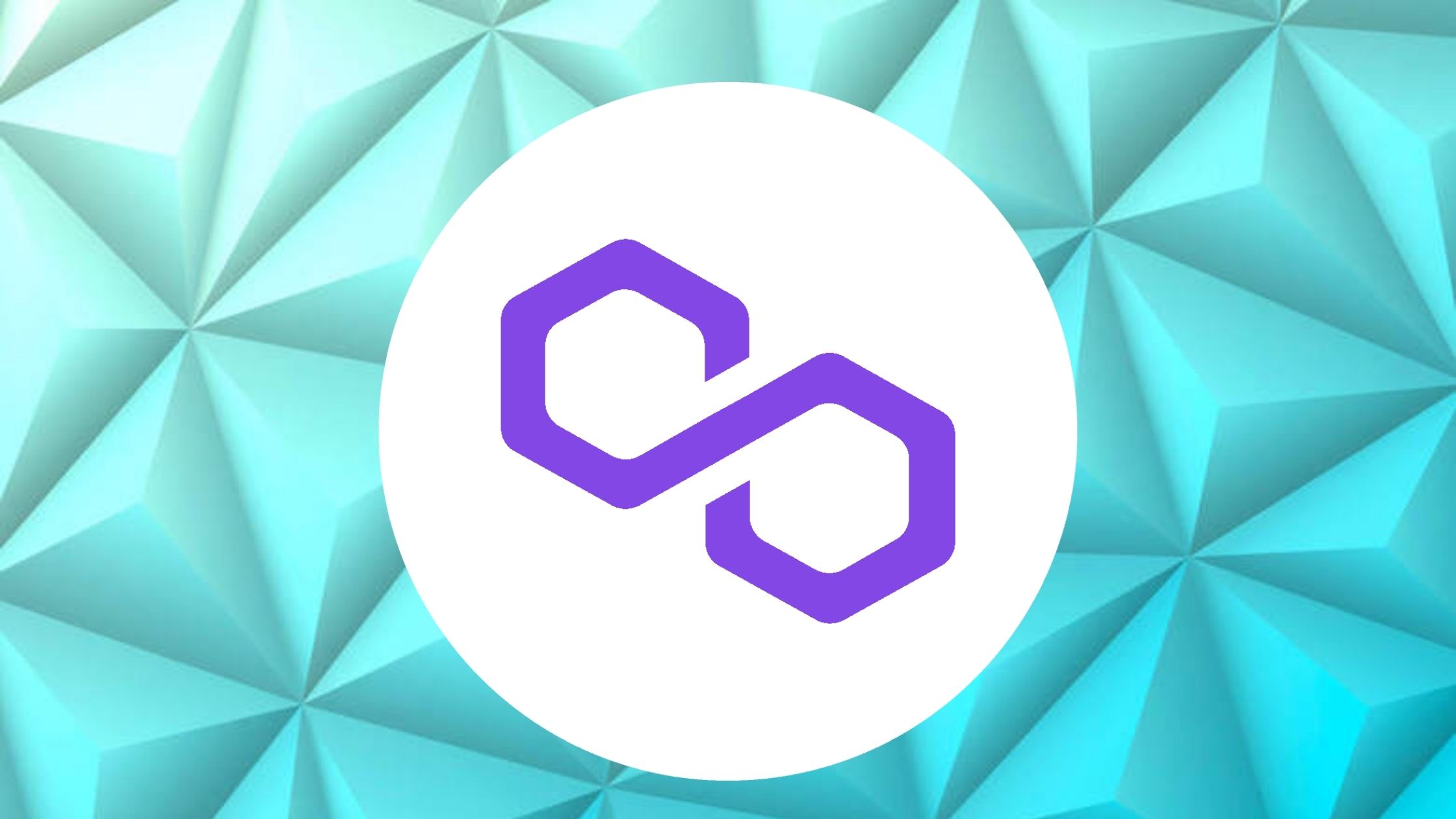Commonly known as MATIC, Polygon has gained immense popularity in the past few months. For those who don’t know, the Ethereum blockchain remains the homage to the variety of economic activities, ranging from the ever-growing DeFi ecosystem to games and NFT markets.
This is because Ethereum is a promising platform for these diverse activities as it’s compliant with a variety of smart contracts, which can be utilized for various activities.
With the constantly growing popularity of uses and applications, it’s leading to more transactions to the Ethereum blockchain. Subsequently, the transaction fees will increase to the level where making frequent or small investments won’t be economically reliable (the transaction fees are the same as gas).
Now, coming back to Polygon, it is the layer 2 scaling option that has entered the scene to allow more efficient and faster transactions while keeping the costs low for the traders and investors.
For those who don’t know, Polygon works as a high-speed parallel blockchain that runs along with the primary Ethereum blockchain. So, for using it, the users can bridge some cryptocurrency on the Polygon, and connect it with the cryptocurrency apps, such as website and other exchanges.
In addition, MATIC is the native cryptocurrency of the network, which is utilized for staking and fees. As far as trading is concerned, it can be done through cryptocurrency exchanges.

MATIC – What Is It?
As we are talking about Polygon, it has a native cryptocurrency named MATIC. MATIC is utilized for paying the fee or staking on the Polygon network. In addition, it can be used for governance with which these cryptocurrency holders are empowered to vote on the Polygon-related changes.
As already mentioned, MATIC can be purchased and sold through cryptocurrency exchanges. As far as origination is concerned, it comes from the initial development stage of Polygon. The MATIC network was launched in October 2017, but it was rebranded as Polygon during the early 202 phase.
The Mechanism Of Polygon
To illustrate, Polygon is the express train on the subway, which means it travels a similar route just like the regular train, but it has faster moves and fewer stops (yes, we are calling the primary Ethereum blockchain the local train).
Polygon tends to utilize a wide variety of technologies for creating the high-speed parallel blockchain and is linked to the primary Ethereum blockchain. As far as creating the new MATIC is concerned, it utilizes the proof-of-stake consensus mechanism (it also secures the network).
This means that you can earn great profits on MATIC through staking. When it comes down to the mechanism of Polygon, there are two common terms, such as;
- Delegators – these are used for staking the MATIC through an indirect platform with the help of a trusted validator. It wouldn’t be wrong to say that it’s a low-commitment staking version, but you will need to conduct extensive research to get the right results. For instance, when the picked validator acts weirdly and has errors, you will end up losing the MATIC
- Validators – these are utilized for heavy lifting and are known for verifying the latest transactions and adding them to the blockchain. As a result, the users will receive extensive fees and the newly developed MATIC. Keep in mind that being a validator is simply a commitment that demands the users to run the full-time node and staking the MATIC. So, when you make a mistake or act badly, you could lose the staked MATIC
How To Use The Polygon Network?
Polygon network allows the users to conduct different activities as the primary Ethereum network allows, but the costs are minimal. For this purpose, many users opt for decentralized cryptocurrency exchanging for saving the protocols and yielding the lending.
For using this Polygon network, one needs to have a sufficient amount of MATIC in a compatible wallet, which can be bridged to the Polygon network. The best thing is the low fees.
Having said that, the combination of instant transactions and low fees make Polygon an apt way of gaining real-world experience with DeFi protocols.
The Bottom Line
The bottom line is that DeFi tends to be volatile, which means you have to be incredibly careful about trading MATIC. So, are you investing in MATIC, then?